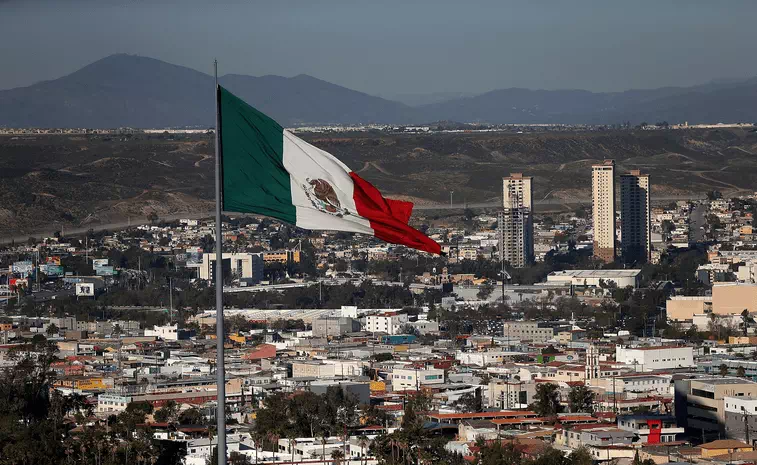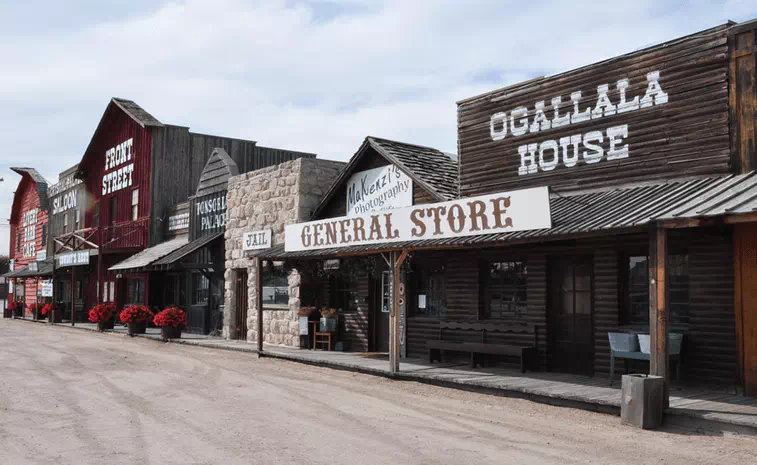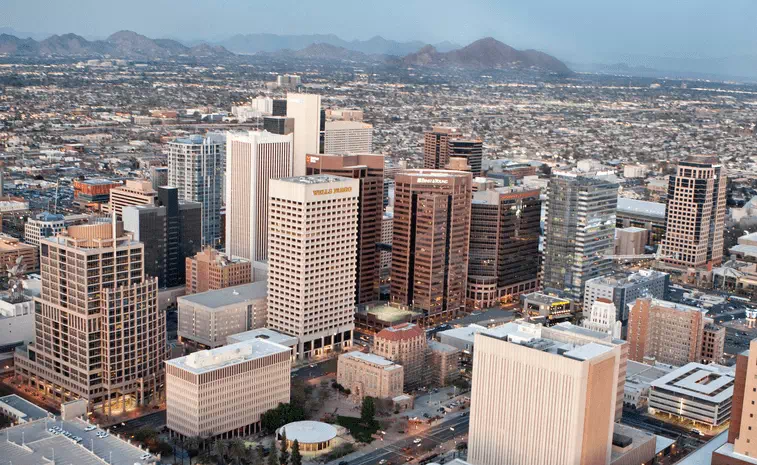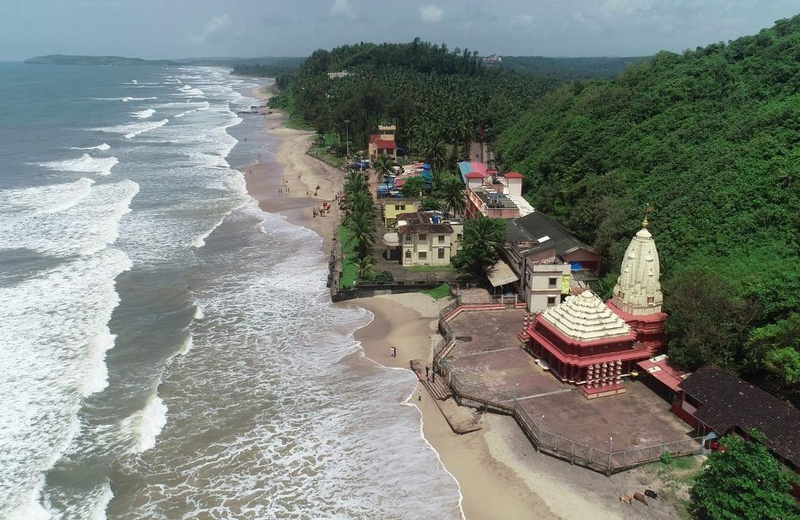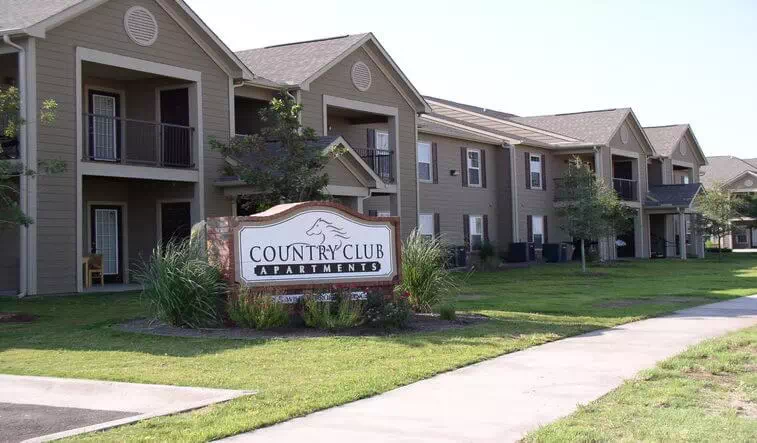Why is Milwaukee known as the Cream City?
Cream City Brick
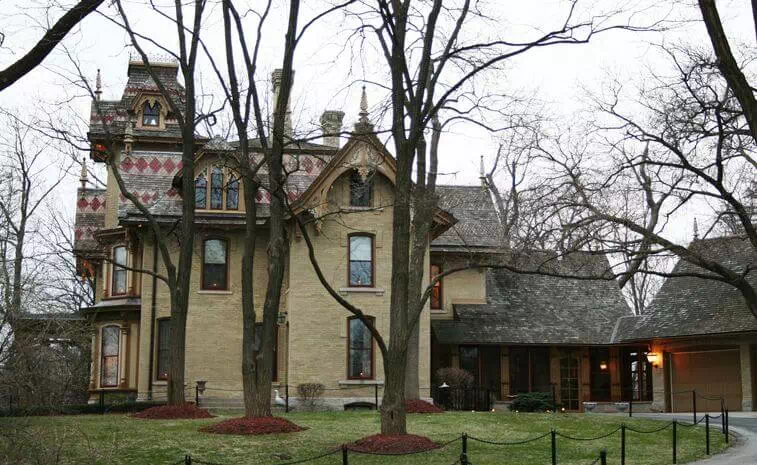
Today we are going to talk about why Milwaukee is Called "The Cream City". Contrary to popular belief, the nickname "Cream City" of this city is not related to the dairy industry for which the state of Wisconsin is known. Instead, the term "Cream City" generally reflects the cream-colored buildings in the city. So let's gather a little more information about The Cream City.
The reddest color comes to mind when you think of bricks. But let me tell you - bricks don't just come in red. A trip to the city of Milwaukee may reveal something different about its architecture. In many of Milwaukee's buildings one would see a pale yellow color. Many buildings in this city are made of cream colored bricks which is why it is known as "cream city bricks".
These bricks get their cream tint from the clay. Cream City bricks are made from local clay found in the Menomonee River Valley and the Greater City area. The clay used to make these bricks does not start with a light yellow color.
The clay origin of these bricks is red. However, the soils coming from the valley of this city area have high levels of lime and sulfur. Once these bricks are placed by fire in the manufacturing process they change color from red to cream or pale yellow.
In addition to the light color of Milwaukee, the structure of the Cream City bricks makes them famous and inventive. Cream City bricks are well known for being durable here. So these bricks of this city have been in great demand for construction purposes. Buildings built until the 1850s in Milwaukee still have their original bricks. For this city Cream City Bricks is synonymous with the image of the city.
There are many buildings in this city that use it. Milwaukee bricks have been exported to Chicago, New York City and other cities as far as Hamburg, Germany. This is also a disadvantage with the high durability of the city's bricks. These bricks were used for many buildings and businesses in the 19th century.
These Cream City bricks have high porosity. The bricks of Milwaukee absorb pollutants easily and darken over time. Chemical washing has been used to clean the bricks of this city.
The bricks were found in the old Schlitz Brewery complex on the northern edge of downtown. Many say that Milwaukee is one of the many places to see bricks. Architect Vince Micha is very fond of these cream bricks and lives around them every day. Vince Micha is with Kubala Washatko Architects in Cedarburg and their offices are in an old power plant made of Fiso Cream City bricks.
The Cream City nickname remains strong even decades after the heyday of this type of brick. And a number of businesses use these cream bricks. These types of bricks include lime and sulfur. Here chemical washing is accepted as the most effective method of cleaning cream city bricks.
The Trinity Evangelical Lutheran Church, built of this type of brick, was built more than 125 years ago. Many of the city's Kenosha Light, the Eagle Bluff Lighthouse, the McGulpin Point Light, the Old Mackinac Point Light, and many others are built of Cream City bricks.
The city's bricks were widely exported not only to American cities such as Chicago and New York but also to Western Europe, including Hamburg, Germany.
Thank you for reading this article! Please share it and read more on List Of The New Seven Wonders Of The World in the next posts.







